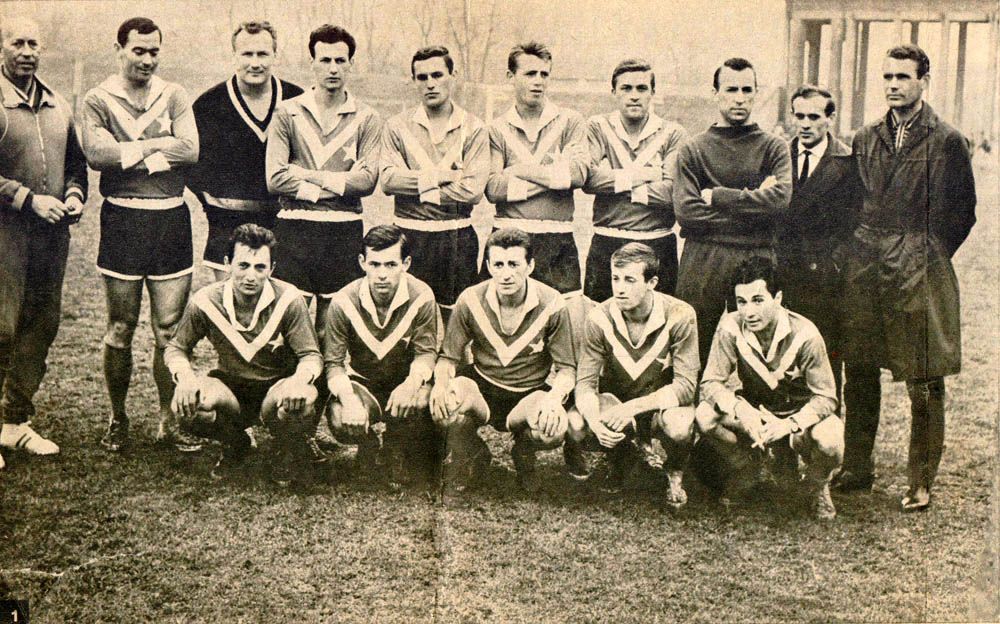Majdanek Museum
@majdanekmuseum.bsky.social
1K followers
28 following
330 posts
The world’s first museum related to World War II and the Holocaust. We document the history of the German Majdanek concentration camp in Lublin and the extermination camps in Bełżec and Sobibór.
www.majdanek.eu https://www.instagram.com/majdanek.memorial
Posts
Media
Videos
Starter Packs
Pinned



























